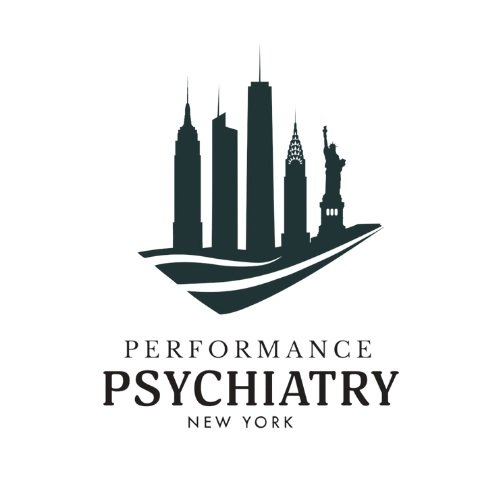Finding Harmony in Chaos: Building a Supportive Environment for Individuals with ADHD to Thrive
In the whirlwind of today's high-paced work environments, keeping pace can be a challenge for anyone. Yet, for individuals with Attention Deficit Hyperactivity Disorder (ADHD), the constant barrage of tasks, notifications, and expectations can feel like navigating a storm. The key to not just surviving but thriving in this setting lies in creating a supportive environment that acknowledges the unique needs and strengths of those with ADHD.
Embracing ADHD in the Workplace
ADHD comes with its set of challenges, including difficulties with focus, time management, and organization. However, it also often brings exceptional creativity, problem-solving skills, and a capacity for out-of-the-box thinking. The goal is to craft an environment that minimizes the former and amplifies the latter.
Strategies for Fostering a Supportive Work Environment
Structured Flexibility: Implementing clear structures and routines can provide a necessary framework for individuals with ADHD, helping to anchor their day. However, it's equally important to allow for flexibility within that structure to accommodate the dynamic nature of ADHD.
Tailored Task Management: Encourage the use of task management tools and techniques that align with individual preferences. Some may find digital apps helpful, while others might prefer physical planners or checklists.
Designated Quiet Spaces: Open-plan offices can be particularly challenging for those with ADHD due to the abundance of distractions. Providing access to quiet spaces where individuals can work undisturbed can significantly enhance focus and productivity.
Regular Breaks: Short, regular breaks can be incredibly beneficial, allowing individuals with ADHD to recharge and return to tasks with renewed focus. Encourage a culture where taking breaks is normalized and respected.
Clear and Open Communication: Foster an environment where expectations and goals are communicated clearly and where individuals feel comfortable discussing their needs and challenges.
Strengths-based Assignments: Assign tasks and projects based on individuals' strengths and interests wherever possible. This not only boosts engagement and satisfaction but can also lead to innovative outcomes.
Encourage Physical Activity: Incorporating physical activity into the workday can help manage ADHD symptoms. Consider flexible scheduling that allows for exercise or walking meetings.
Professional Development Opportunities: Offer opportunities for growth and learning that cater to diverse learning styles and interests, supporting professional development and self-esteem.
Seek Professional Guidance: Navigating ADHD in the workplace is a journey of continuous learning and adaptation. Speaking to a mental health professional can provide individuals with tailored strategies to manage their symptoms and discuss the risks and benefits of therapy and medication. Employers can support this by providing access to mental health resources and accommodating therapy or medical appointments.
Creating a Symphony from the Chaos
By acknowledging the unique challenges and incredible potential of individuals with ADHD, workplaces can transform into environments where everyone has the opportunity to thrive. It's about finding the harmony in the chaos — leveraging the dynamic energy of ADHD into a powerful force for creativity, innovation, and productivity.
Remember, the goal isn't to fit everyone into the same mold but to build a diverse and supportive environment where all can find their rhythm and contribute their unique melodies to the symphony of success.

